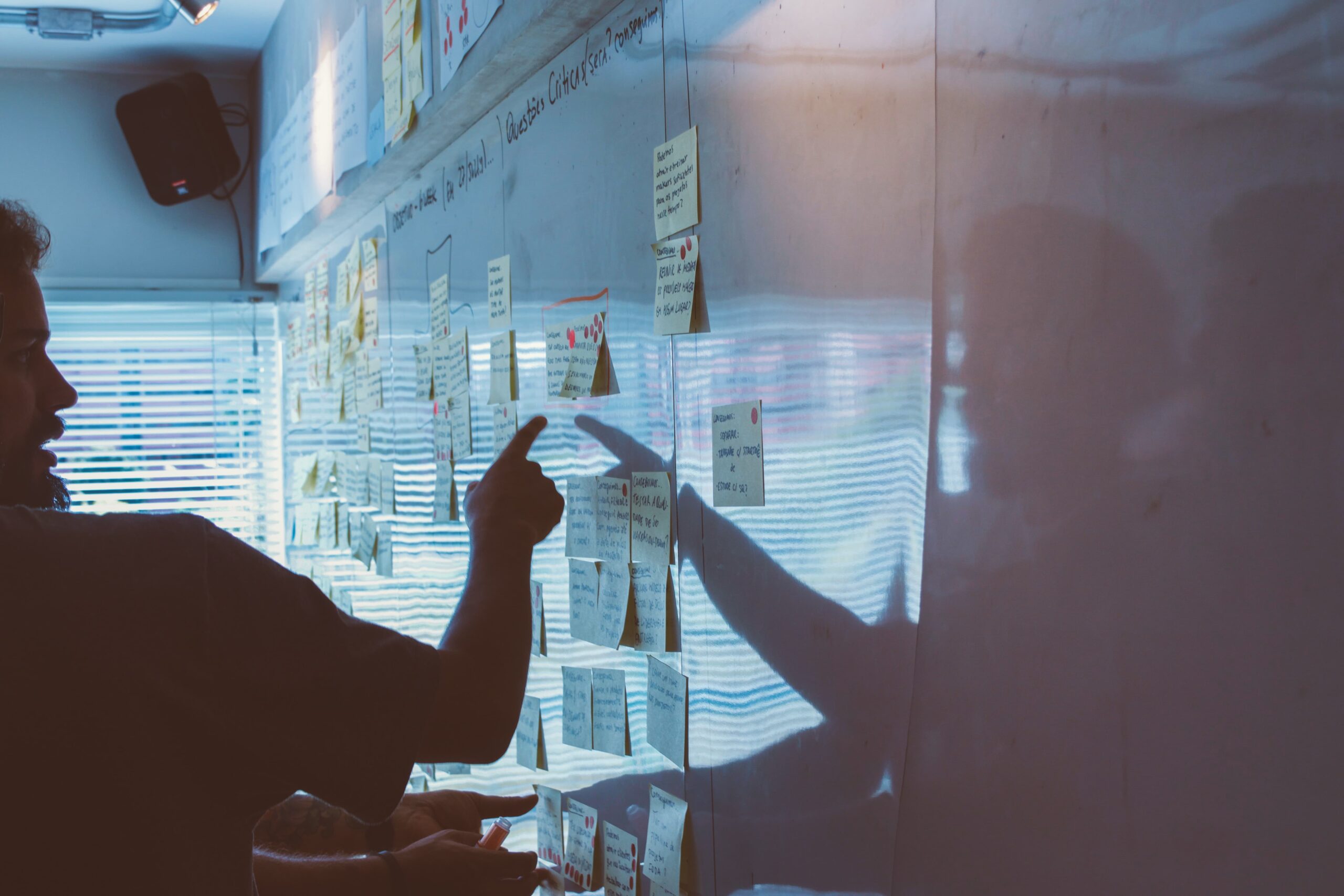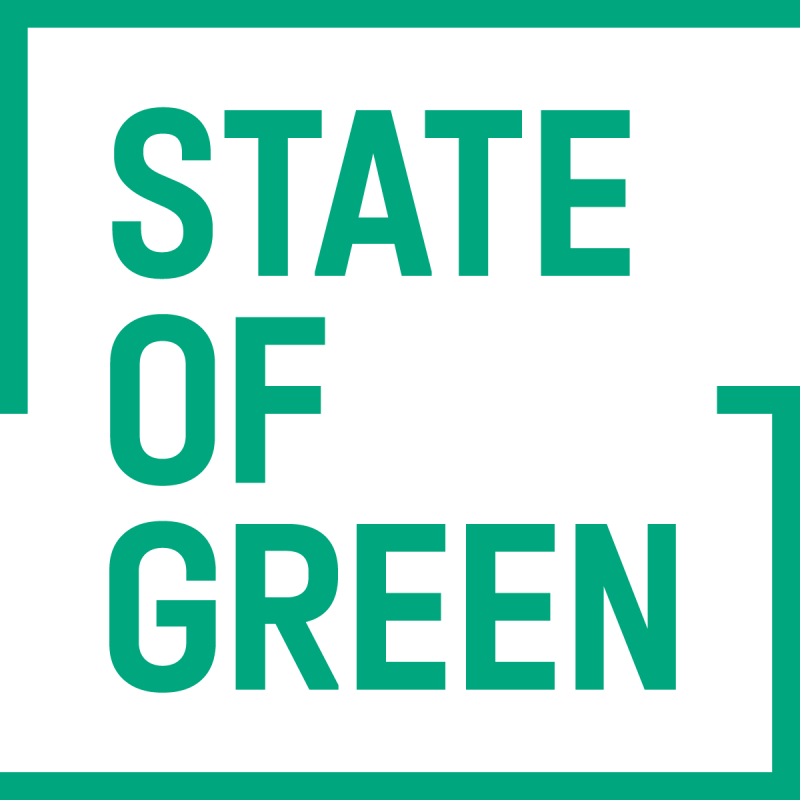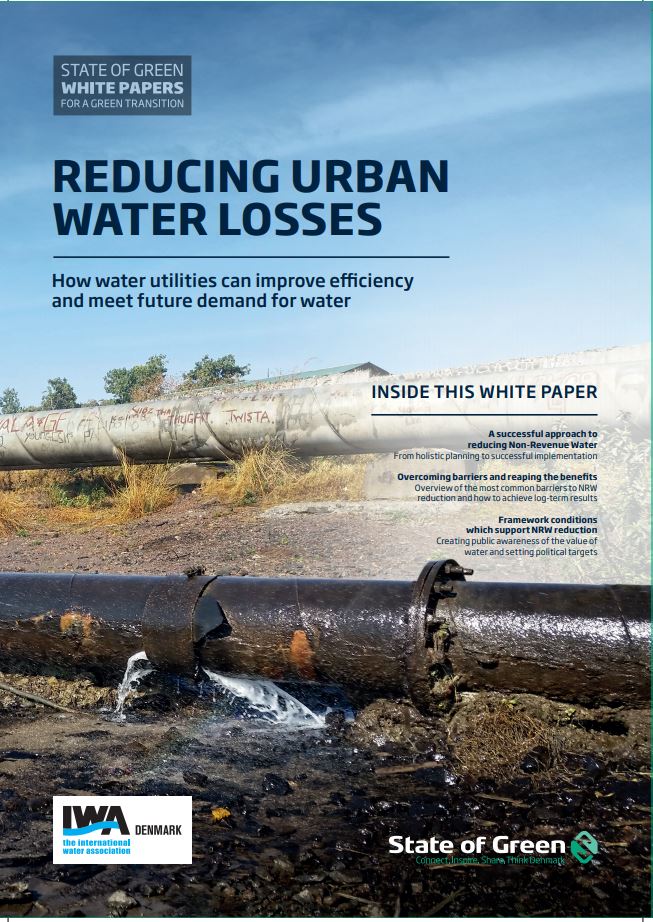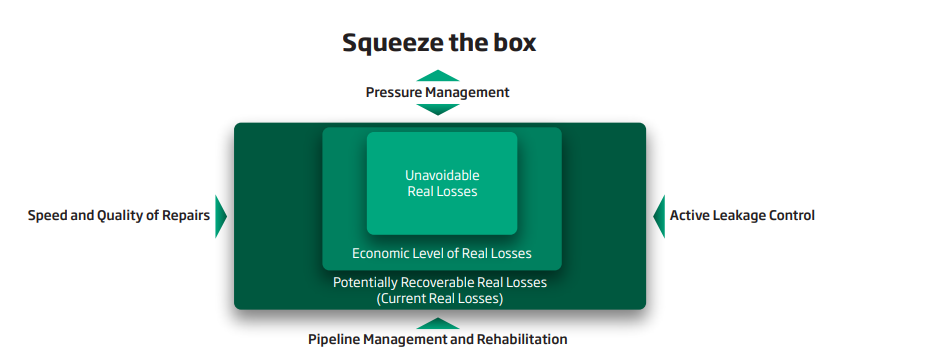Download our publication on reducing urban water loss today
This article is part of our publication ‘Reducing urban water loss’.
Download nowPerspective
Non-revenue water


Water utilities with low quality installations, poorly maintained infrastructure and no leakage management systems in place easily lose up to 50 per cent of the water produced. To reverse this development, the first step should be to conduct a water audit based on all available data and develop an NRW master plan for upcoming investment plans and their projected returns.
It is crucial that an NRW reduction programme is managed and understood from the highest level of the organisation to the lowest. NRW reduction must be an agreed strategy for the entire organisation, based on a holistic NRW master plan. The first step is to conduct a water audit that includes
an assessment and analysis of the performance of the water distribution system as well as identifies and quantifies areas for improvements. The outcome of the water audit is then used as essential input into the NRW master plan that will serve as the basis for upcoming expansions, rehabilitations and investment plans as well as their projected returns.
With respect to NRW reductions, the most important outcomes of the water audit are:

This article is part of our publication ‘Reducing urban water loss’.
Download nowThe key is to identify where the returns on investment will be highest. Economic Level of Leakage (ELL), which is calculated as part of the master plan, will provide the answers. It takes into account cost-benefit analyses relating to each element of NRW, as provided from the water audit. It also takes into
account the forecasted influence of the reduction in NRW on future investments in treatment plants, raw water abstraction, pumping stations etc. as well as the potential effects on revenue generation and energy savings.
Standard illustration of potential reduction of real losses through four types of activities; pressure management, speed and quality of repairs, active leakage control and pipeline management and rehabilitation.
